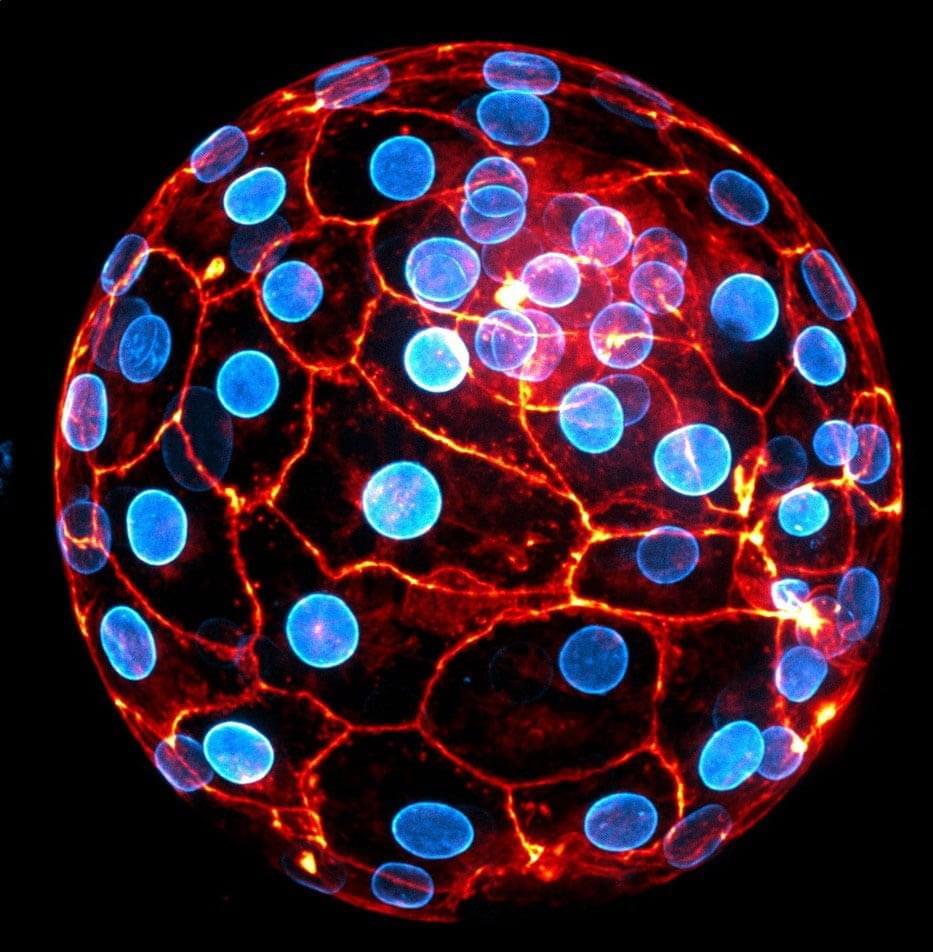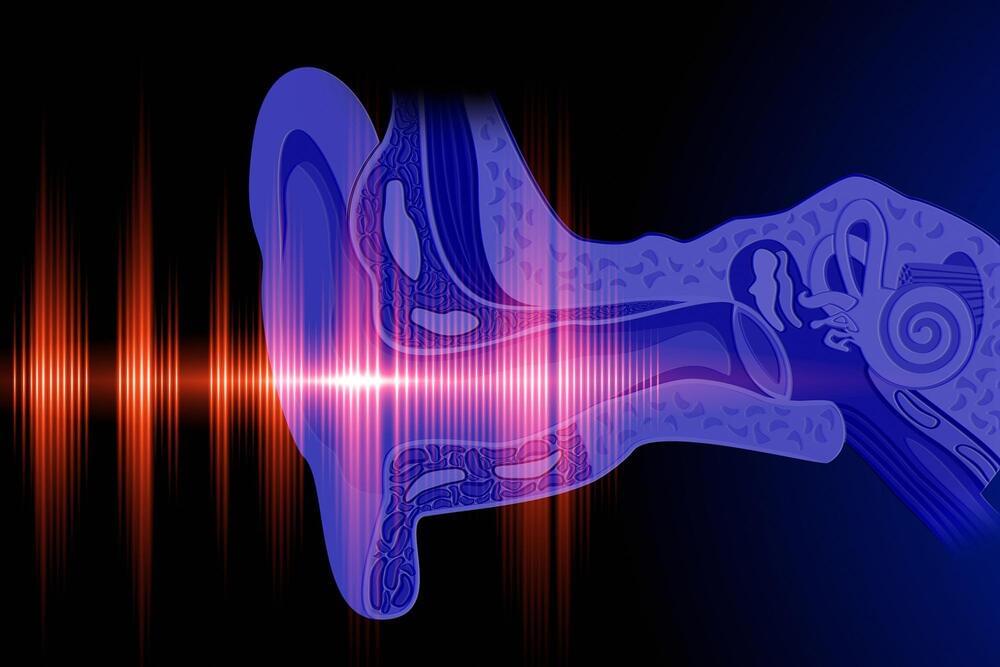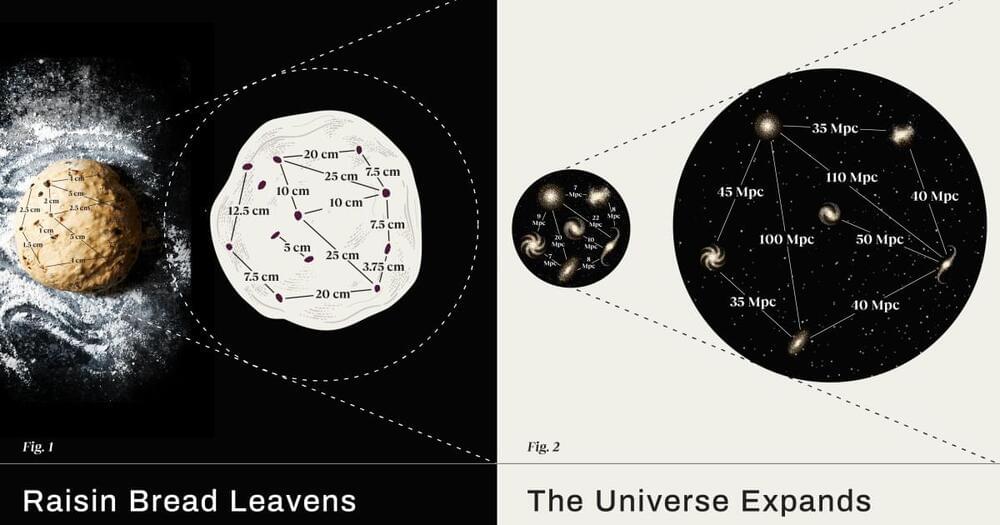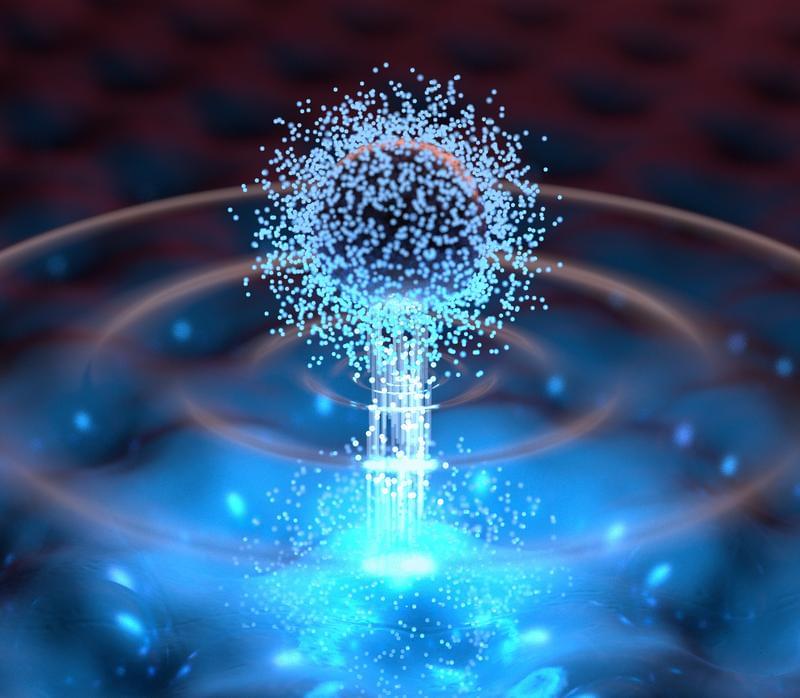May 9, 2024
AI Engineers Say They’re Burning Out as Bosses Whiplash From One Desperate Idea to Another
Posted by Kelvin Dafiaghor in category: robotics/AI
As the AI bubble continues inflating at lightning speed, the people doing the industry’s grunt work are feeling the churn.
In interviews with CNBC, AI engineers from giant companies including Amazon, Google, and Microsoft say that they’ve been under immense pressure to build new products for their employers — except that on many occasions, the features they work tirelessly to deliver are shelved at the finish line.
One Amazon AI engineer, who spoke to CNBC anonymously over concerns of retaliation, said that he was assigned an urgent project on a Friday night that was due Monday morning by 6 am. Despite having out-of-town company, he blew them off to spend the entire weekend working on the project — only to learn later that it had been “deprioritized.”


















